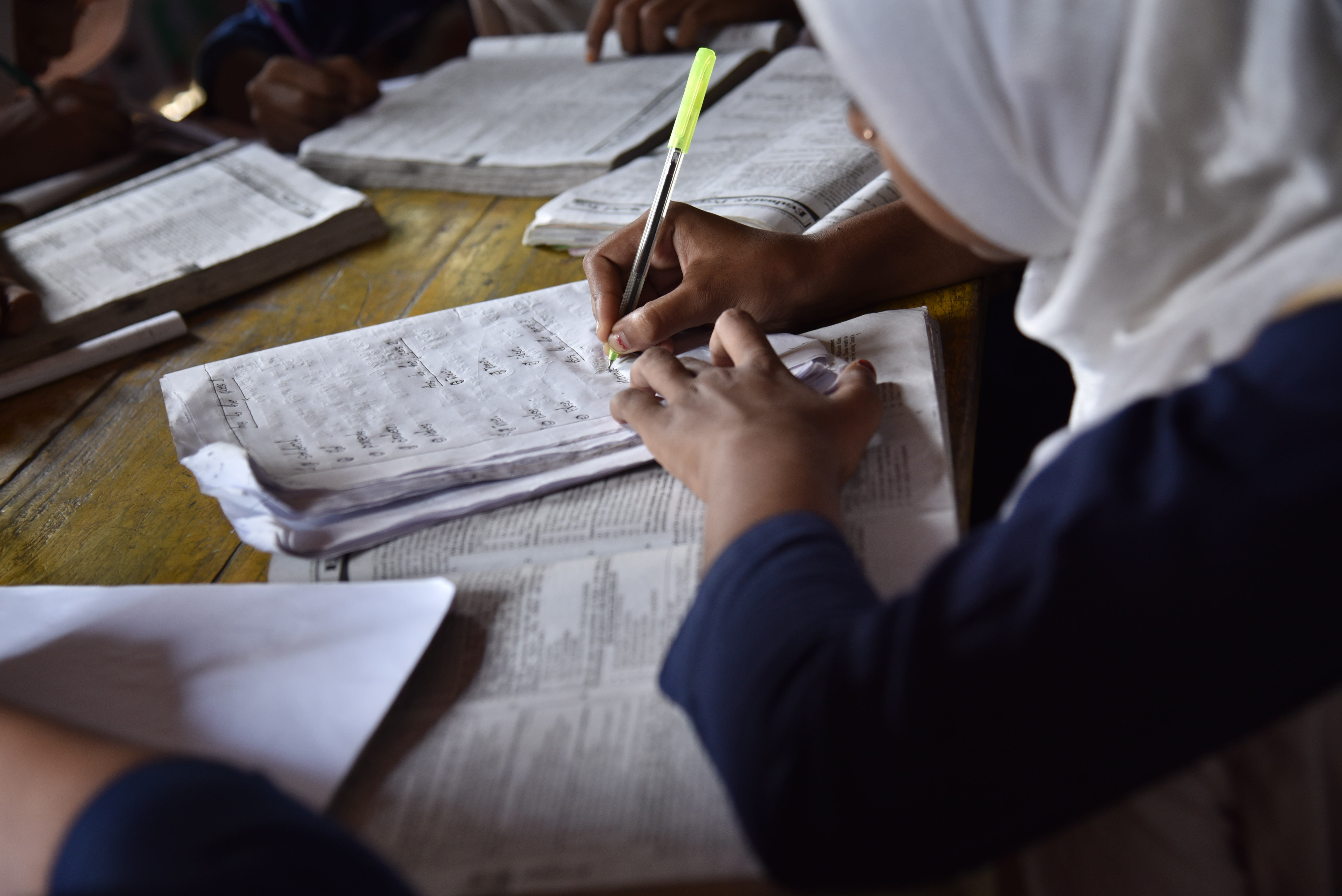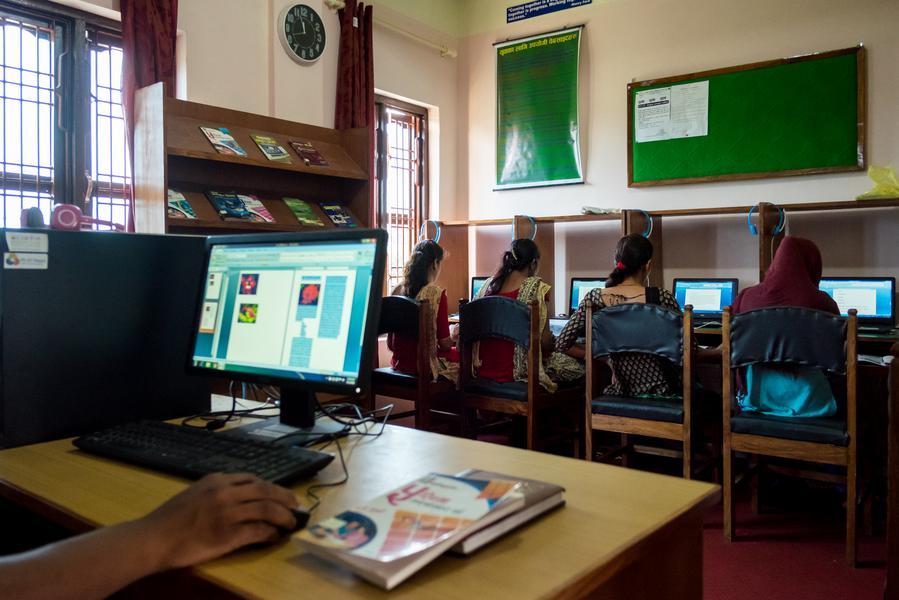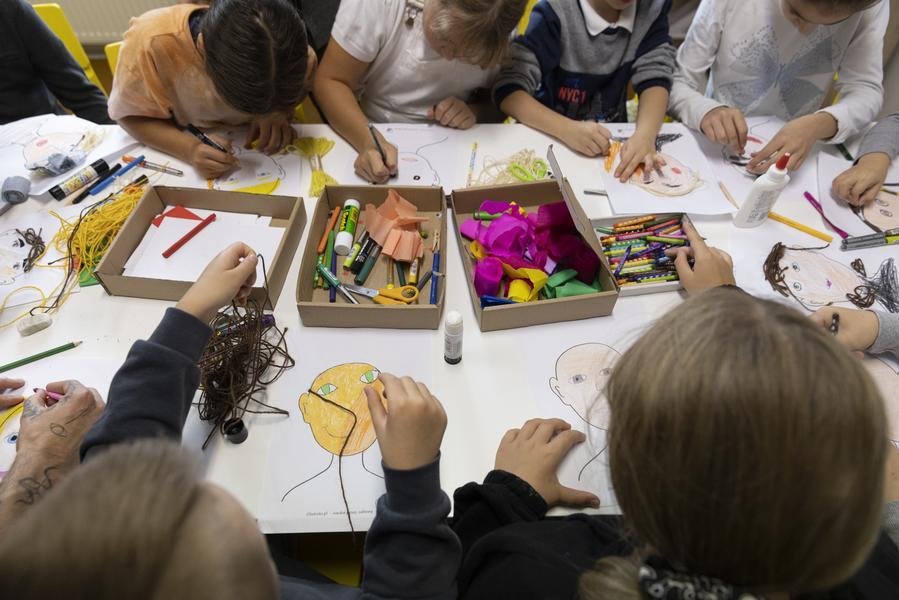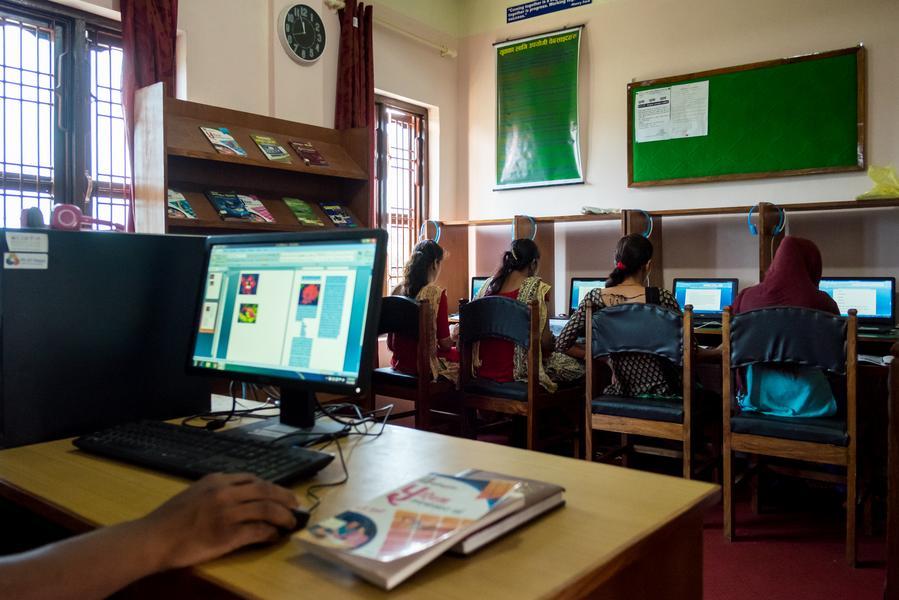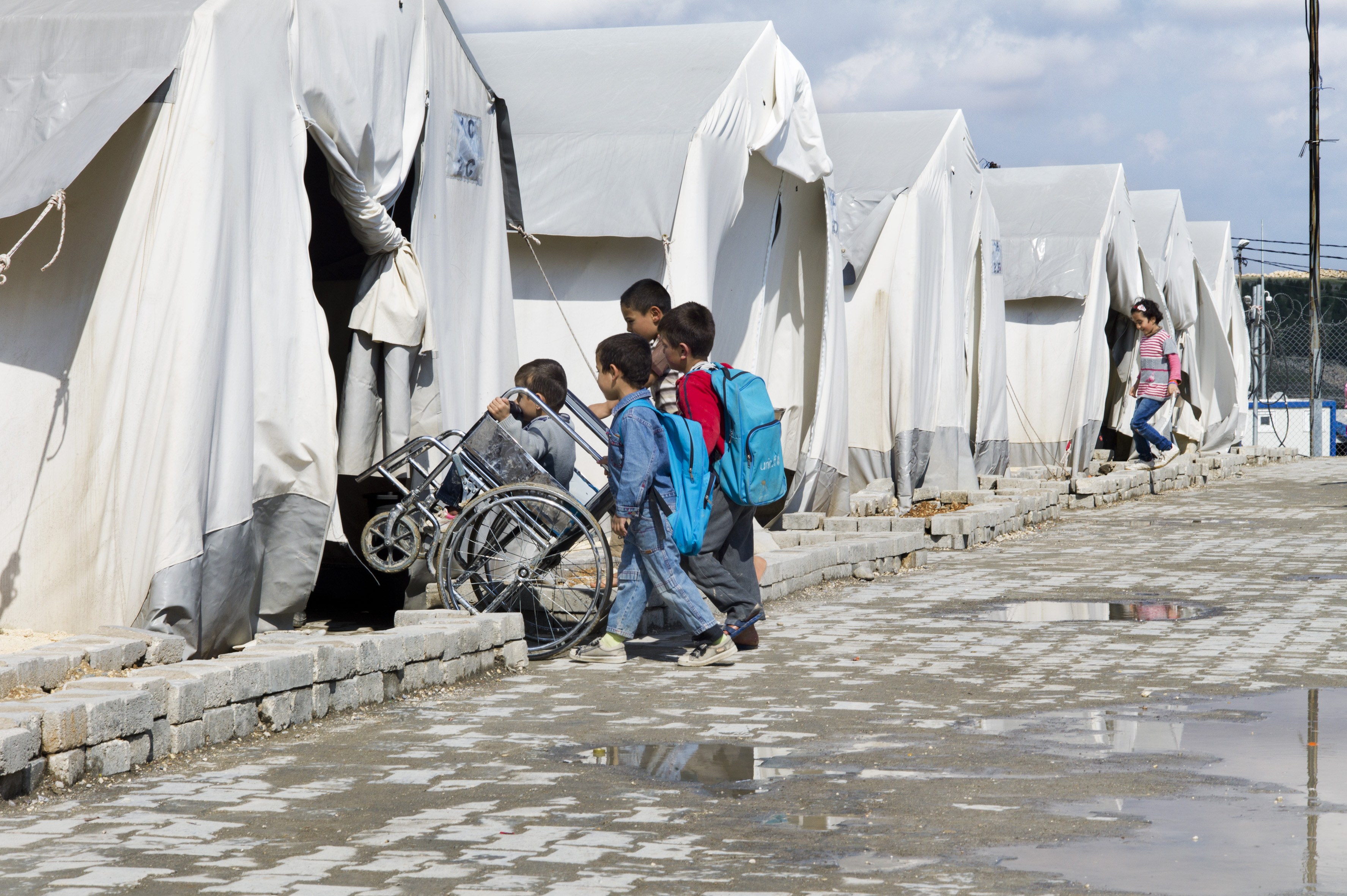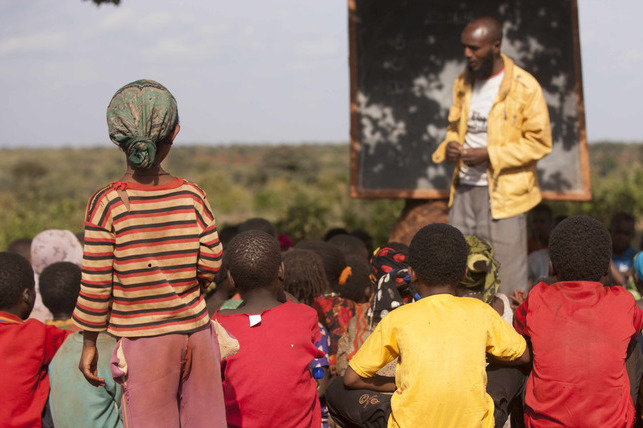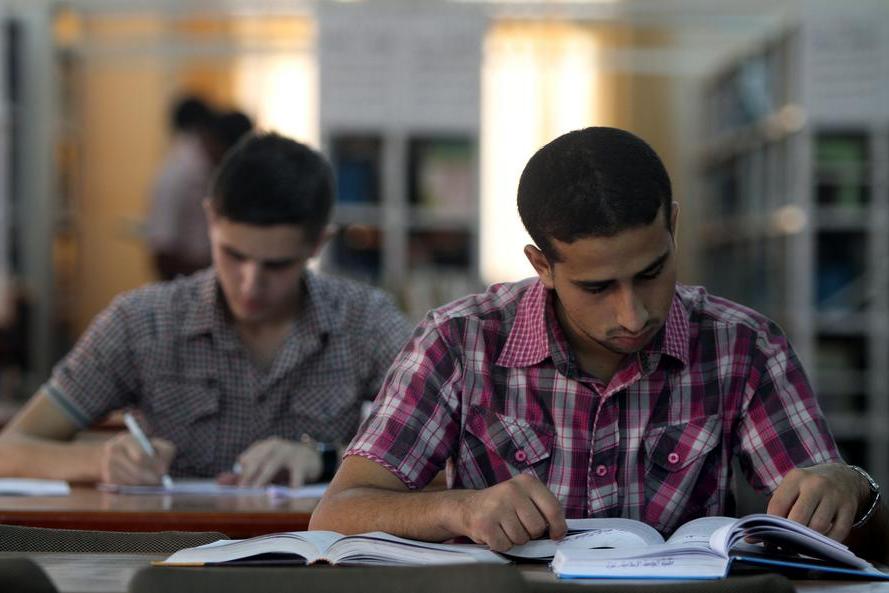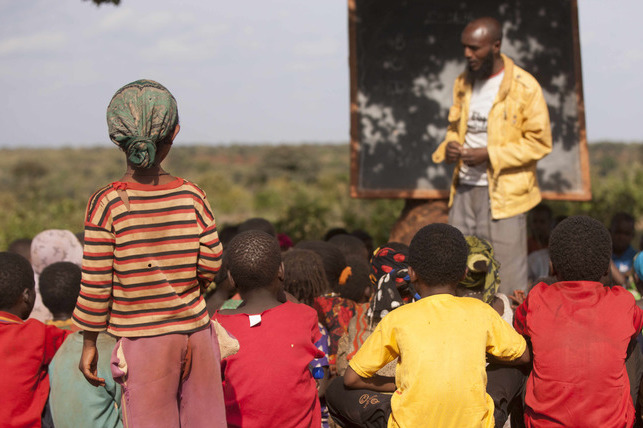Context and Issue
Over the past two decades, Ethiopia's education system has made significant strides, expanding access to educational opportunities and improving the system's quality, equity, and efficiency. However, despite this encouraging progress, over 1.7 million primary-age out-of-school children (OOSC) are still in the country. This situation is estimated to cost Ethiopia over 1 percent of its GDP annually. Negative attitudes toward education, particularly for girls, poverty, and a lack of educational resources (schools, learning materials, adequately trained teachers) all contribute to the high number of OOSCs.
Solution
To address this pressing issue, a project aimed to increase the primary school net enrollment rate in three northern Tigray Region and two districts in the southern Oromia Region from 66 percent to 89 percent by mid-2018. The goal was to enroll 52,675 primary-age OOSC. Additional objectives included reducing the overall grade 1-8 dropout rate from 5 percent to 1 percent and decreasing the rate of late entries to primary school from 11 percent to 1 percent. This project was built upon the success of Imagine1day's Bale Out of School Children Initiative, which was implemented with EAC in 2014.
Impact
The project adopted a focused strategy and implemented holistic and integrated activities to create significant changes in the five targeted districts. A model school was created in each district to promote education possibilities. Through targeted awareness campaigns and capacity-building efforts involving community-based organizations, religious and political leaders, Parent-Teacher Associations (PTAs), and women's associations, girls and other vulnerable children were enrolled in schools.
Professional development programs for teachers and improvements in school learning environments aimed to bring about achievement and attitudinal changes, helping reduce dropout rates. The project benefited 260 schools and communities in the target districts.
Overall, the project achieved and overachieved most of its targets, exceeding the number of out-of-school children enrolled by reaching 56,308 children (107% of the target). Specific achievements included:
- Reduction in out-of-school children (OOSC) by 56,308 (107% of the project target).
- Construction of 15 schools with project funding, comprising 86 classrooms, 17 latrines, and 15 libraries.
- Professional development training for 7,396 teachers.
- Training 4,929 community members on community mobilization strategies, strategies for fighting harmful traditional practices (HTPs), the value of education, and strategies to enroll and retain OOSC with parental involvement.
- Participation of 23,288 community members in coffee ceremony discussions focused on OOSC enrollment, retention, improving school attendance rates, school improvement, and community contributions.
- Education campaigns were carried out twice in all 260 schools, involving 6,339 community association leaders in awareness creation campaigns.
- Enrollment of 189,610 adults in the integrated Functional Adult Literacy (FAL) program, with 157,931 adults graduating.



